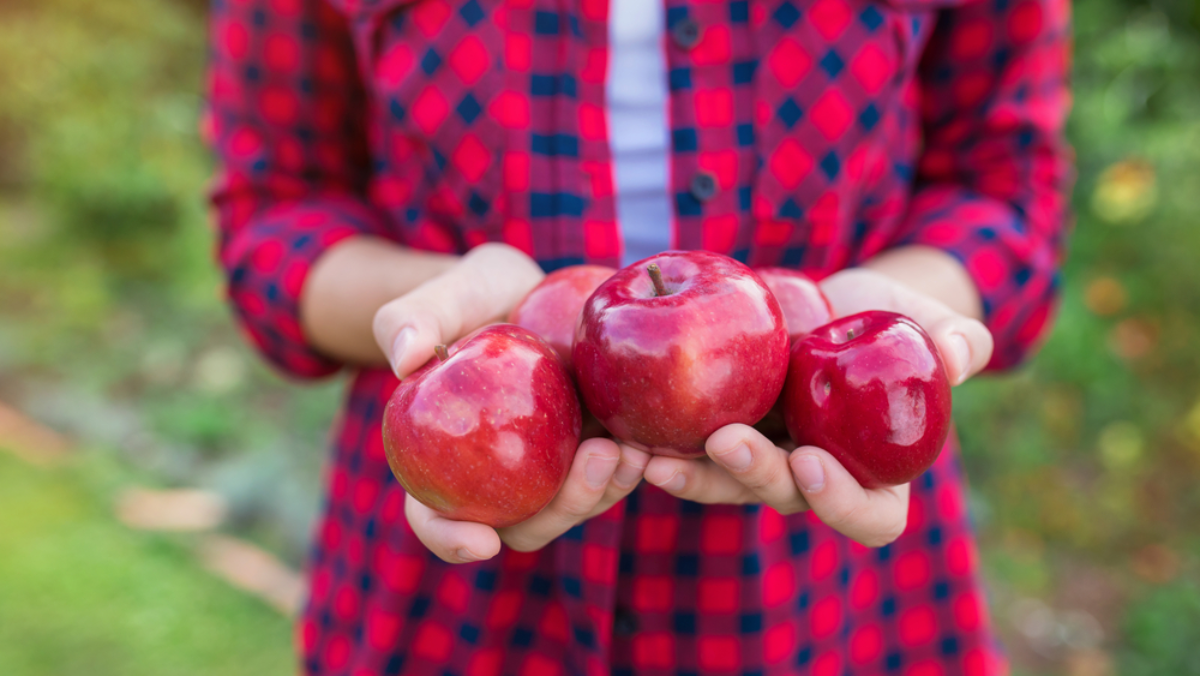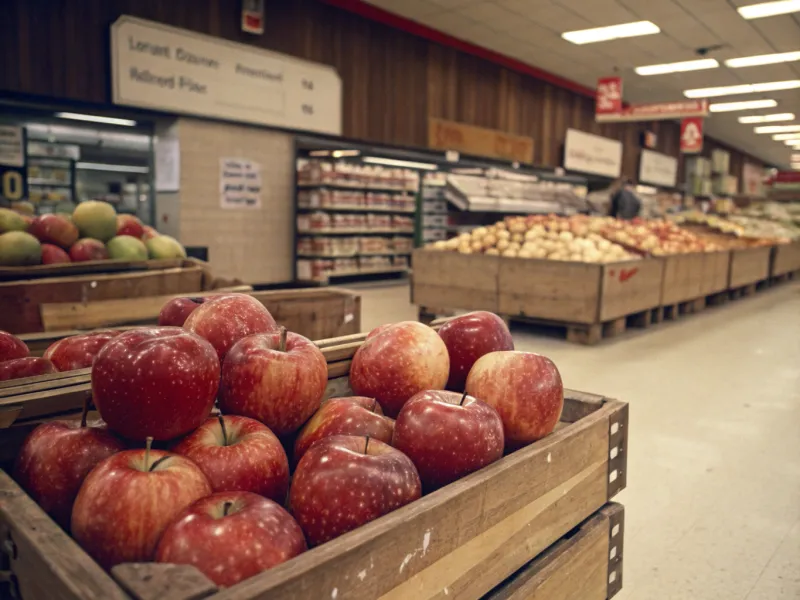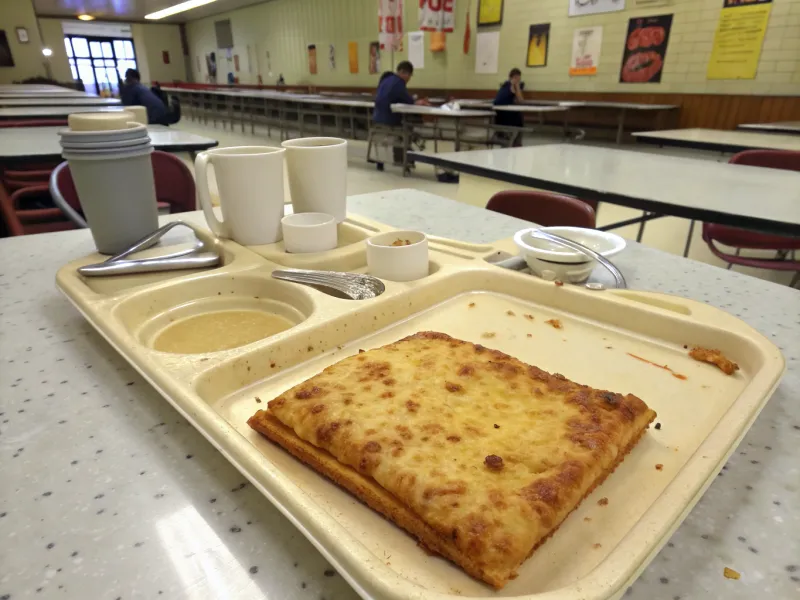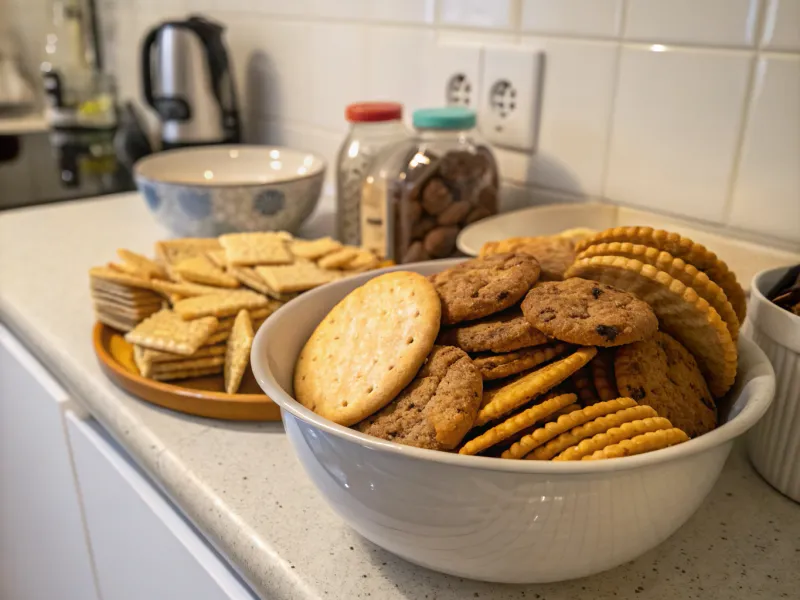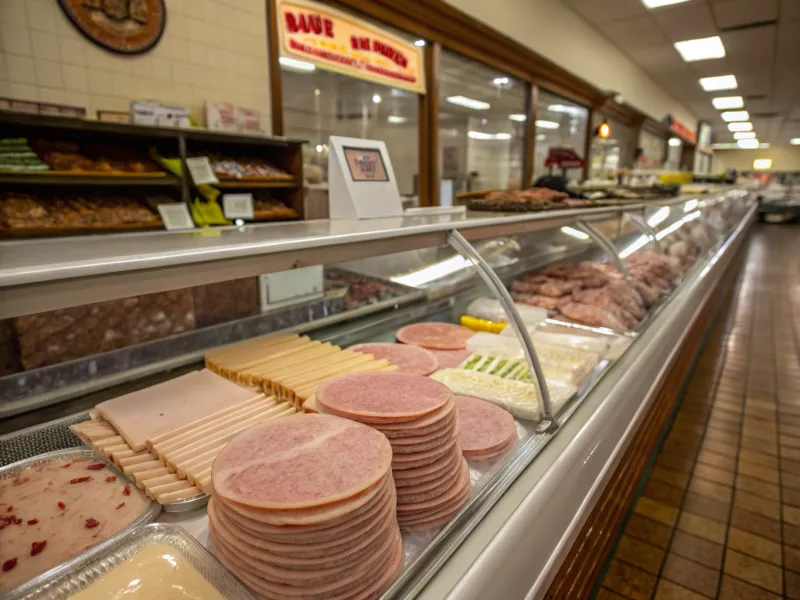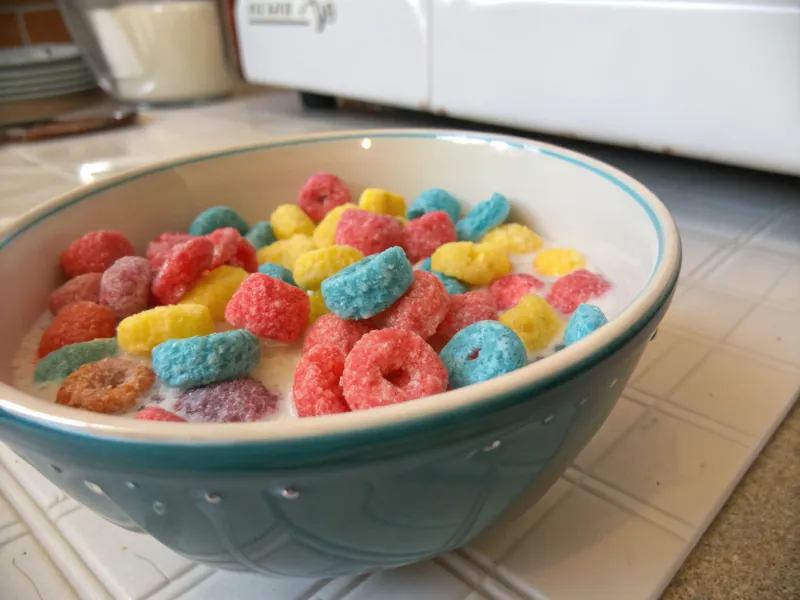Back in the 1980s, grocery stores and school cafeterias were full of foods that seemed totally normal at the time. Kids munched on brightly colored candies, ate deep-fried pizza at lunch, and snacked on treats loaded with ingredients nobody questioned.
Fast forward to today, and many of those same foods have been banned, reformulated, or pulled from shelves due to health concerns and stricter safety standards.
1. Alar-Treated Apples
Apples sprayed with Alar were everywhere in supermarkets during the ’80s. This chemical helped keep fruit looking fresh and red for longer periods. Farmers relied on it to boost their crop quality and shelf life.
However, a major health scare erupted in 1989 when reports linked Alar to cancer risks, especially in children. Parents panicked, and schools stopped serving apples altogether for a while.
The EPA eventually pulled Alar from the market, and growers switched to safer methods to keep their apples crisp and appealing without the controversial chemical treatment.
2. Deep-Fried Pizza from School Cafeterias
Remember grabbing that greasy, crispy rectangle of pizza at lunchtime? Cafeteria workers would deep-fry frozen pizza slices until they turned golden and crunchy. Kids loved the extra crispiness, even though it was dripping with oil.
Nutritionists today would probably faint looking at the fat and calorie content.
Modern school lunch programs follow strict guidelines that limit fried foods and require more fruits, vegetables, and whole grains. Deep-fried pizza simply doesn’t make the cut anymore, so it has vanished from most lunch menus across the country.
3. Red No. 3 Dye in Candy and Treats
Erythrosine, better known as Red No. 3, made candies and desserts look super bright and appealing. Cherry popsicles, frosted cookies, and fruit punch all glowed with this artificial color. It was practically in every kid’s favorite sweet treat back then.
Studies on lab rats eventually raised serious red flags about cancer risks. After years of debate, the FDA finally banned Red No. 3 from food products in 2025.
Companies now use natural colorings like beet juice or carrot extract to achieve that same vibrant look without the health worries.
4. Snacks Loaded with Trans-Fats
Chips, cookies, and crackers from the ’80s were packed with partially hydrogenated oils. These trans-fats gave snacks a longer shelf life and that addictive crunch everyone craved. Nobody really talked about how unhealthy they were at the time.
Scientists later discovered that trans-fats significantly increase heart disease risk. The FDA eventually banned artificial trans-fats from the food supply entirely.
Today, snack manufacturers use healthier oils like sunflower or canola, making those classic treats a bit better for your heart, even if they taste slightly different than the originals you remember.
5. Lunch Meats with Questionable Additives
Processed meats like bologna and salami were lunchbox staples throughout the ’80s. Many contained high levels of nitrates, nitrites, and other preservatives that kept them from spoiling. Parents didn’t think twice about making sandwiches with these cold cuts every single day.
Research has since connected some of these additives to increased cancer risks and other health problems. Regulations have tightened considerably, pushing manufacturers to reduce or eliminate certain chemicals.
While you can still buy lunch meat today, the formulas are cleaner and often labeled as nitrate-free or organic.
6. Mystery Meat Sandwiches in School Cafeterias
Kids used to joke about not knowing what was actually inside their cafeteria sandwiches. These mystery meat concoctions came from canned or heavily processed sources that met minimal standards.
The texture was mushy, and the flavor was bland, but it was cheap and filled hungry stomachs quickly.
Today’s school meal programs demand higher-quality protein sources with clearer labeling. Meals must meet nutritional benchmarks for lean meats, whole grains, and fresh produce. Those unidentifiable meat products have been phased out, replaced by recognizable chicken, turkey, or beef that actually looks like real food.
7. Oversized Ultra-Processed Snack Portions
Snack bags in the ’80s were enormous compared to what we see now. A single serving could contain hundreds of extra calories, tons of sugar, and artificial everything. Companies marketed bigger as better, and families bought into the idea without questioning the health impact.
Modern nutritional guidelines have forced manufacturers to rethink portion sizes and ingredient lists. Many of those mega-sized, super-sweet snacks have been reformulated or discontinued entirely. Stores now offer smaller, healthier options that comply with updated regulations, making it easier for families to snack smarter without sacrificing all the fun.
